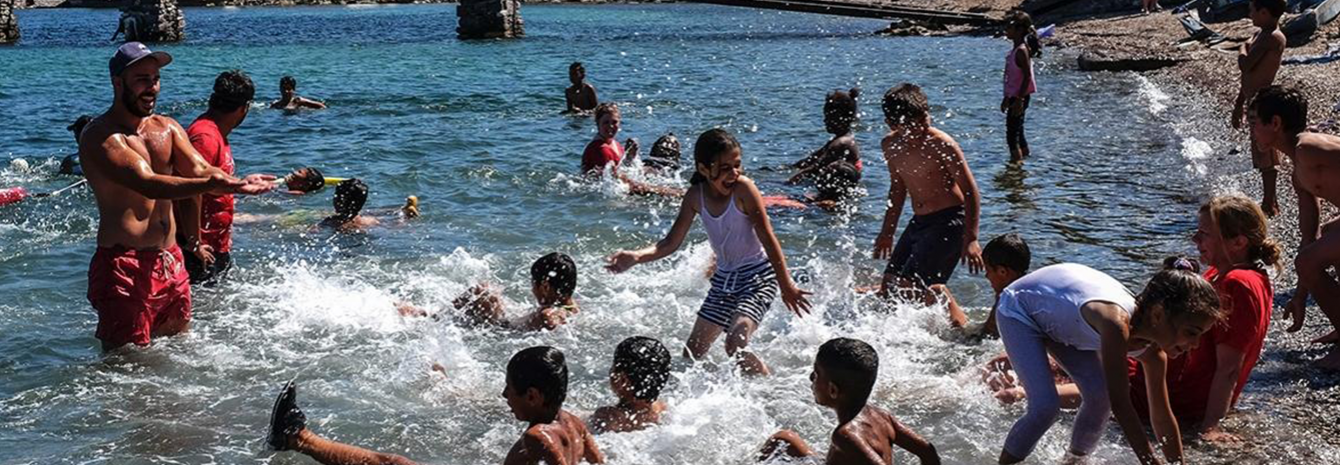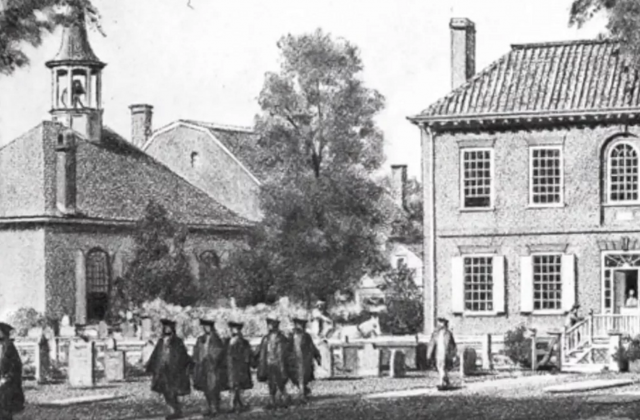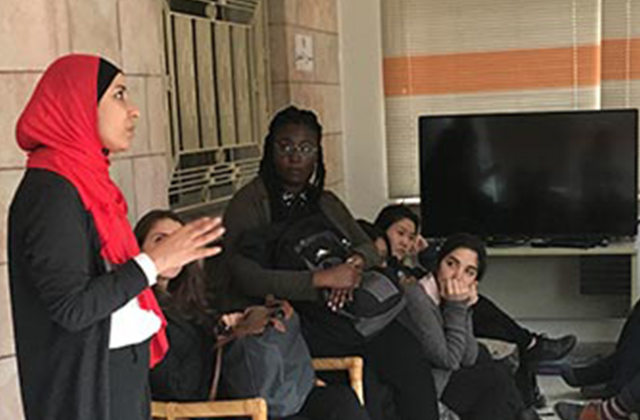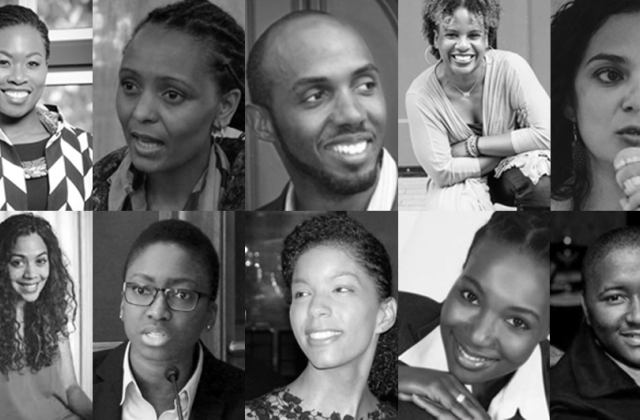Can telling the stories of women and girls make crossing borders safer?

Female migrants, nearly half of the global migrant population, encounter different risks from men, including gender discrimination and sexual exploitation. Many work in kitchens or nurseries, farms or brothels, places hidden from public sight with few protections.
This unseen yet ubiquitous population is the subject of Columbia’s Global Migration Project, through which Graduate School of Journalism students write about the experiences of female migrants, from their lives in unofficial refugee camps in France to avoidance of child marriage in the US. Articles explore topics—whether US immigration law, border politics, or international refugee policy—through a gendered lens.
The Project recently funded 16 reporting fellows following 32 stories, especially about Europe, the US, Central America, and the Middle East. The Project’s director, award-winning journalist and The New Yorker staff writer Sarah Stillman, has worked on a slate of tough pieces charting the human toll of systemic problems, including civil asset forfeiture and kidnapping of migrant children along the US-Mexico border, with long-form investigative reporting.
“It’s wonderful that Columbia has been such a font of resources,” Stillman said. “They’re thinking about the self-care to let us sustain this work for decades. It’s really special.” Learn more.
Make Your Commitment Today





